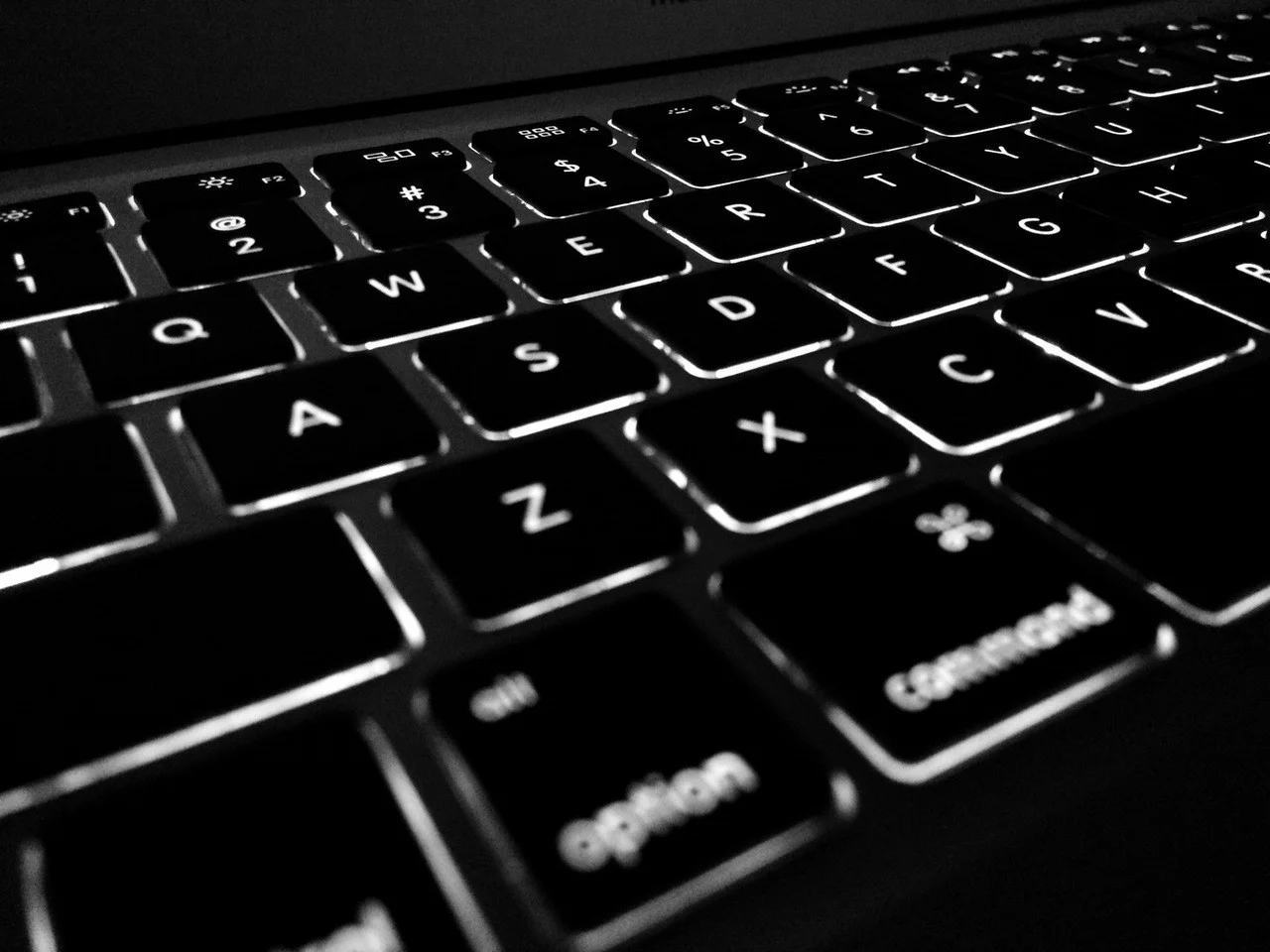Equipping the Music Tech Lab: Bare Bones, Value and Deluxe Models
I posted an article on my public blog titled: Music technology or music Technology where I discussed balancing the music and the tech sides of the class. Often music technology teachers get so wrapped up in teaching HOW to use the technology and equipment that teaching the CREATE aspect of music becomes secondary. Ultimately each school system and teacher has to make some decisions about what their curriculum will include or focus on. Personally, I try to focus on music creation and consider the DAW and tech tools as the instrument, or means, to reach the ultimate end, creation. In the article linked above, I presented some ideas of how to create a music tech lab with a minimum of resources. In this article, I outline three potential music tech labs and the estimated expense for each one. While having the resources and funds available to outfit a “deluxe” package lab is wonderful, you do not have to have all of those bells and whistles to provide a legitimate music technology experience for students. For me the key is to create a spark to ignite the creative nature inherent in young students. Once that creativity is unleashed, they will discover ways to express it!
*(All labs are based on 32 student stations and 1 teacher station)
Bargain Lab
If you have very limited resources, this lab is place to start. The first music technology class that I taught in middle school had NO music tech equipment or software. I used a standard PC lab in our school and we downloaded anything that we could find for free on the internet. While not ideal, you can do this with almost nothing!
1. PC lab Price: $0
This is assuming that your school already has some generic PC labs available for classes to use. My school requires that teachers sign-up and reserve the labs. I simply reserved a lab for every day for my class to use. If a lab wasn’t available on a particular day, I devised alternate lesson plans that we could do in my classroom.
2. Soundtrap Price: $1100 (subscription for 225 students)
Soundtrap is a great DAW for younger and beginning music tech students. It is cloud-based and cross-platform so it can be used on PC, MAC, or any tablet devices that can access the internet. It is also great for collaboration and students can access it from home on their personal computers or devices. Soundtrap also integrates with Google Classroom. The first year that I taught music tech I used Audacity which is an open sourced music editor (not a DAW). Many people use Audacity like a DAW, but that is not really what is was designed to do. Audacity is great for editing sounds that can then be exported into a DAW, but it does not work well with MIDI files.
3. USB mics Price: $110 (33 @ $10)
There are plenty of cheap USB mics on the market that can be purchased for each student work station. While they may not be particularly durable or have great recording capabilities, they will get the job done and the student can explore the range of the DAW by adding effects and plug-ins to improve the sound.
4. MIDI Keyboard Price: $1650 (33 @ $50)
Having mini MIDI keyboards for the students is HIGHLY recommended, but you can still get away with not having these. Many MIDI instruments included in DAWs have the ability for students to create sounds using the QWERTY keyboard, but this can be really awkward and certainly not ideal. These mini MIDI keyboards do not create any sounds on their own, but simply act as a MIDI controller to play the digital instruments of the DAW. There are many options out there, but here are a few links to get your started:
Total Cost: $2680
Modest Budget Lab
1. PC lab Price: $0
2. Soundtrap Price: $1100 (subscription for 225 students)
3. USB mics Price: $1155 (33 @ $35)
The bargain USB mics for the budget lab are designed primarily to record speech and have very limited dynamic and frequency ranges. If you have more money to spend, you can get a pretty decent desktop mic that will give you a boost in sound quality.
4. MIDI Keyboard Price: $3300 (33 @ $100)
While a mini MIDI keyboard usually has between 25-32 keys, moving to a larger 61 key MIDI controller will keep students from having to enter sounds in a limited octave range then manually adjusting up or down thus increasing efficiency. Or you could get a mini keyboard with a few bells and whistles that integrate effects and plugins or a few pad keys in addition to the traditional keys.
5. Isolation Cubes Price: $525 (33 @ $35)
These are great to use if you don’t have any space that students can move to in order to get a quieter environment to record. Isolation cubes are a great way to cut down on background noise while allowing students to record at their workstations. If you are really handy, you can even make these yourself buy buying some box containers and foam squares. Cut to fit, glue the foam in and Ta-Dah!!!
Pyle Audio Sound Isolation Cube
6. Isolation Shield Price: $120 (2 @ $60)
Having a couple of these available is great if you have a space that students can move to in order to get a quieter environment to record in, but isn’t acoustically awesome. You could also make these yourself, but a little more difficult to attach to a mic stand.
7. Recording Bundles Price: $700 (2 @ $350)
If you have a space that students can use to get a quieter environment to record in (practice room, storage closet, office, hallway, etc.), it would be great to get a couple of recording bundles that include some moderate quality recording mics, stand, cables, etc. You could maybe even build a mini recording studio to use them in.
Blue Choose You Own Mic Bundle
Total Cost: $6900
Deluxe “We Won the Lottery” Lab
1. Mac Computers: Price: $41,250 (33 @$1250)
I believe that Mac desktops are the way to go if you can afford them. They are just engineered to work well with digital media. Plus they come with GarageBand installed with Logic Pro X available as an add-on option.
2. Roland GLC-1C: Price: $4500
The GLC-1C is an audio conferencing system that will connect all of the student workstations with a central teacher hub. Using headphones with mics, the teacher can communicate with the entire class using the headphones, or you can select individual workstations for 2 way conversation. In addition, the teacher can broadcast sound through the headphones or through speakers to the entire class. Would you like for the entire class to listen to one of their peer’s projects? No problem. This system allows the teacher to do this also. This is just the core system though. You are going to have to buy some expansion kits to have enough channels for the 32 student workstations.
3. Roland GLC ExKit: Price: $7800 (3 @ $2600)
These are the expansion kits you will need to add to the base system to have enough channels for all of the workstations.
4. USB Mics: Price: $2300 (33 @ $70)
There are a number of options out there for high quality USB mics, but I really like the Snowball by Blue Designs.
5. MIDI/Synthesizer: Price: $23,000 (33 @ $700)
A MIDI controller does not create any sounds on its own. It simply is a tool to activate the sounds contained in the DAW. A MIDI/synthesizer can act as a MIDI controller for the DAW, but it also has its own set of sounds and effects, so it can be used as a MIDI or audio input. A high quality synthesizer will also have full size keys and an expanded range.
6. Isolation Cubes Price: $525 (33 @ $35)
Pyle Audio Sound Isolation Cube
7. Isolation Shield Price: $240 (4 @ $60)
8. Recording Bundles Price: $1400 (4 @ $350)
Blue Choose You Own Mic Bundle
9. PAD Controllers Price: $1650 (33 @ $50)
PAD controllers are MIDI devices that can be used to manipulate the samples/sounds in the DAW. PAD controllers are easier to use to input drum sounds and offer some other effects and input controls that are different than than the keyboard style controller.
Total: $83,905
So that is a pretty significant price range from $0 to $80,000+! Equipping the music tech lab is really a never ending process. We will never keep up with the technology as it develops and never have all of the resources or funding that we could use. Nevertheless, I encourage you not to be discouraged because of limited resources or funds. If you wait until you have everything you want to start a music tech program, you will never start one! Focus on the content of the curriculum, not the equipment that you have to teach the content. Check out my public blog for more perspective on balancing music & tech here.
I would also encourage you to investigate local, state and federal sources of funding. Quaver Music has some great tips for tapping into these funding sources here. The links that I included in the article are simply suggestions. Some of the equipment I have used, some of the recommendations are based on reviews. Do your research, ask colleagues and ask the sale people that you are purchasing from. Most reputable companies will give you honest answers and reliable recommendations for the equipment that will best suit your needs and budget. The tech is always evolving so they know if they provide good service and pricing that you will likely be a customer that will return.
Please feel free to leave any comments or questions in the comment box below. I will respond to your comments personally. If I don’t know the answer to a questions, I’ll find someone who does!
Heath

